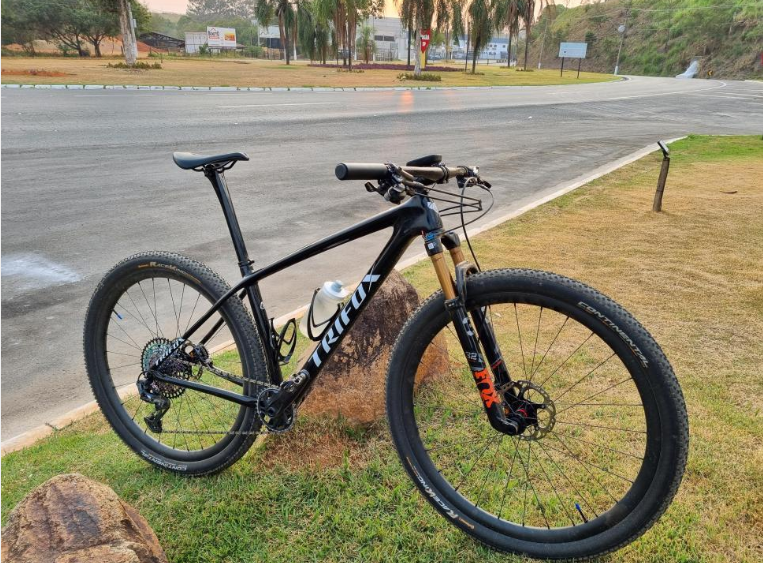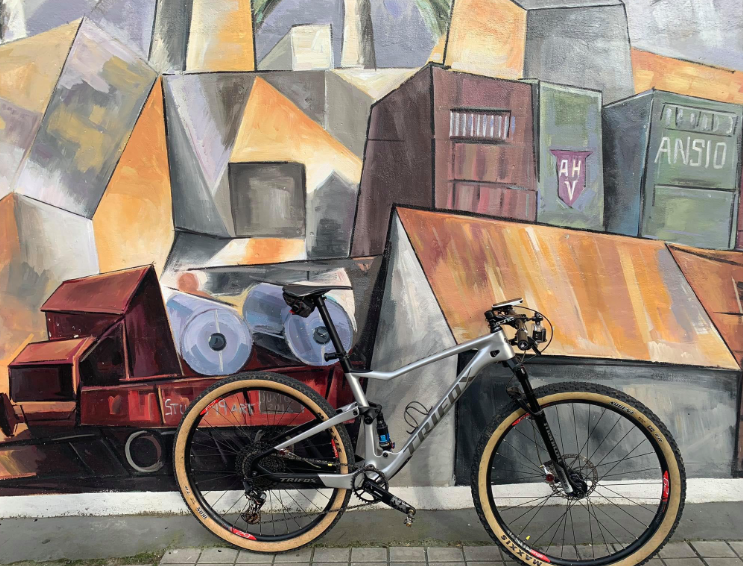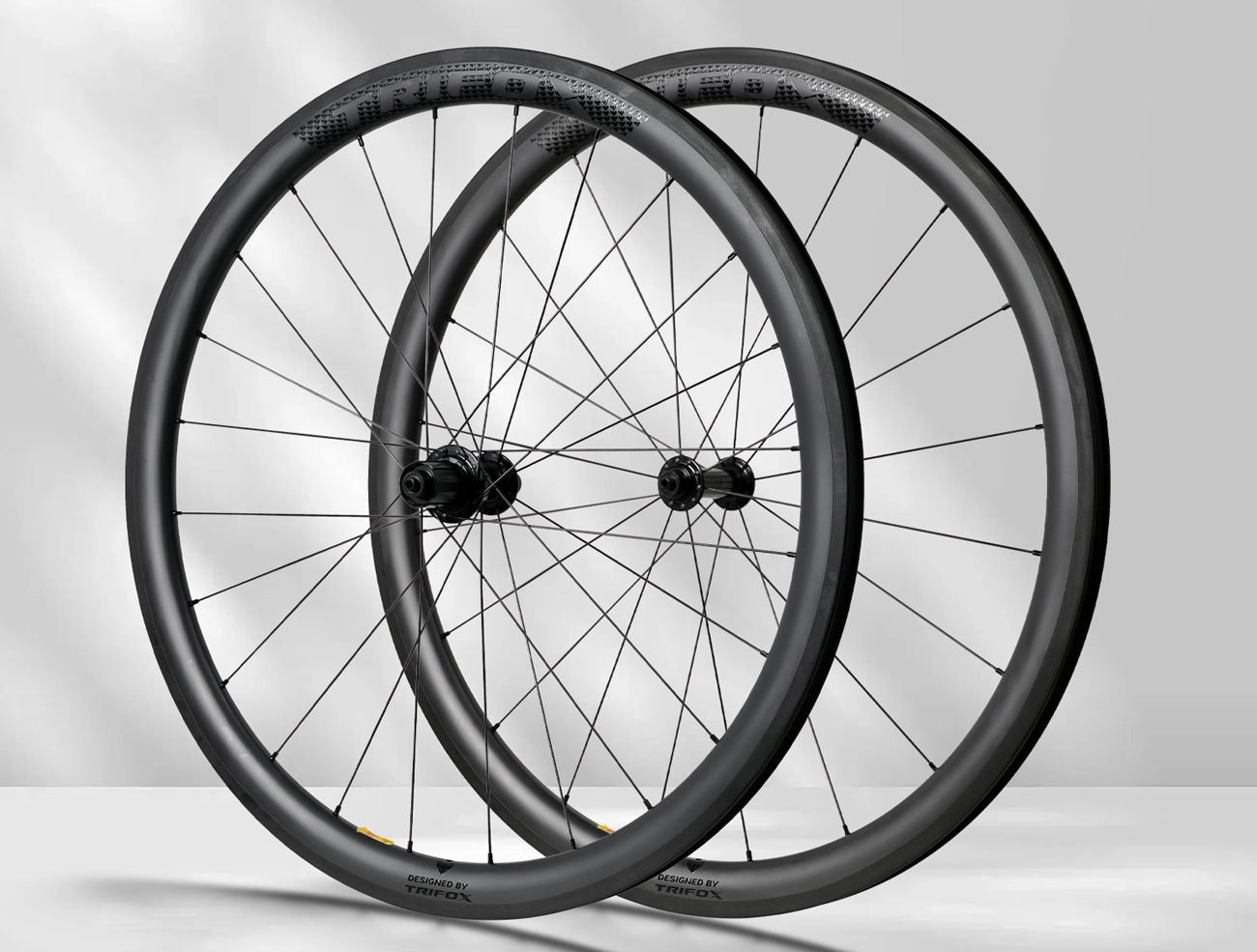“How heavy is your bike?” This question may have been asked by many people, but does a mountain bike be good if it is light? Does the weight of the bike really mean that the bike is poor? Does the quality of your ride depend entirely on the weight of the bike? Or should we completely stop pursuing the stupid behavior of lightweight?
Light means it is a good bike, and a heavy one means it is a low-end bike. This is a saying that bicycles have been circulating for decades. Since the 1990s, this situation has continued for quite some time, and many drivers have spent a lot of time or even their lives for this, and even the handlebars will break due to daily punctures. Fortunately, due to continuous testing and production process improvement, the problem of strength and safety for many years seems to have been resolved. However, the importance of the weight surface has not diminished.

With the hollow rear derailleur and the slender handlebars, everything was losing weight in the 1980s, and the quality of cycling has long been forgotten.
This is the fact, mountain bikes have indeed become heavier in the past two years
This sounds like a paradox: weight has long been the decisive factor in mountain bikes, so it seems that technology is undoubtedly regressing. But the fact is that in recent years, Lindau and Enduro models have become heavier and heavier. But does this ruin the mountain bike? Not at all! As the weight increases, the handling becomes easier and the cycling becomes more fun.
Since the emergence of mountain bikes, the speed of their development has surprised you. In the beginning, suspension forks and disc brakes were used, which slightly increased the weight. Then came the lifting seat tube, larger wheel diameter, wider handlebars, and so on. Don’t we need these changes? Of course not! Over the years, mountain bikes have changed from boring bikes to the forest to a tool for descending the mountain, providing the greatest pleasure for various routes. Now, you can easily use a 140mm travel mountain and spend a day on the bike park-which was unthinkable a few years ago.
What used to be a track that only DH could control has become a road that is easily crushed by modern forest road bikes.
The frame has also become heavier, but it has also become more complex, stiffer, and more reliable
The ever-improving performance of bicycles causes cyclists to ride on increasingly rough roads at higher and higher speeds. The increased stress on the frame may increase wear and tear due to the selection of accessories. It goes without saying that the frame and bearings must adapt to such changes. This is the case with the new Canyon Spectral, Canyon’s product manager Daniel Oster said: The frame does become heavier, but now Spectral and Strive to have the same characteristics. And thanks to the new connecting rod design, integrated internal wiring, frame protection device, and improved seat tube clamp, it becomes more durable and reliable. For Canyon, durability and low maintenance, and customer safety are much more important than those few grams of weight.
To give another example, Specialized can completely give up SWAT to make the Enduro or Stumpjumper frame lighter, but why not? Because it is more convenient, don’t you think it’s easier to go out and ride a bike without having to carry a backpack?
Reliability should be the first priority. For the time and money spent on replacing the bearing of the turning point, why not choose to ride more?
DH accessories appearing on forest roads and Enduro bikes
With the development of technology, as long as you are careful, you can easily install a 12kg forest road or 13kg enduro mountain. But, who wants to use those soft, thin-walled tires? With this alone, you can save nearly 500g of weight on a single wheel, but is it necessary? Another example is brakes. Previously, Shimano’s saint brakes were only used for DH downhill bikes. Now, you will see more and more enduro mountain bikes with oversized calipers. Some enduro bikes even use 200mm discs to improve safety and braking power. This will undoubtedly increase weight, and likewise, the fun will increase.
Powerful brakes, more gripping tires, and lifting seat tube all greatly increase the weight of the bike (the actual weight will increase by about 1kg).
In the past few years, the manufacturing process should become more advanced, and the materials have become lighter and stronger, but the weight of mountain bikes is still increasing. What does this mean? Have you thought about it?
Despite getting heavier, the climbing performance has become better
There is a prejudice: a bicycle that is too heavy is not suitable for climbing, but what factors really need to be considered when climbing? Weight or the position of the cushion? Larger seat tube angle and shock-absorbing structure? Many models have proven that despite the heavy-duty frame and strong downhill performance, they can also have strong climbing performance as long as the geometry is right. With the right seat cushion, you will find that the weight of the bicycle is irrelevant.
Improve downhill handling
For many people, this sounds difficult to understand, but adding a little weight in the right place can actually improve the handling of the bike. eMTBs are a good proof, especially in real high-speed and demanding routes. Their weight gives you great confidence and provides excellent lateral grip. Visionary Chris Porter even put lead blocks in the frame to test. This is obviously an extreme example, but the thinking about bicycle weight is commendable.
The weight of eMTB is not necessarily a disadvantage. According to my personal understanding, the key to electric power-assisted mountains is that the motors and batteries are mainly added to the bottom bracket and the down tube. The center of gravity of people and bicycles is moved down, which brings more stable handling and excellent lateral grip. This is not the same as simply adding weight to the bike. For a simple example, you can fill the tires with water to increase the weight. The increase is quite obvious, and you don’t have to think about it to know that the cycling experience is rubbish.
This industry is self-adapted
When a new product, such as a new suspension fork, is released, the weight should drop unless a reasonable reason is found to increase the weight. For product managers, weight is always a factor to consider when developing new parts, because the product has to face too many competitors. Brands always pay attention to the total weight when launching new models, so as to encourage suppliers not to make the kit too heavy. For this reason, the weights of bicycles with similar positioning and configuration are relatively close.
What if modern mountain bikes are too heavy for you?
What if you don’t need these so-called performances, safety, and durability? If you are just looking for a lightweight mountain that can ride on gravel roads, or climb as fast as possible, and you are not in a hurry to descend? The solution is simple: please buy an XC model. Many brands have launched XC-level soft-tail models, such as Trifox MFM100 Carbon Fiber Full Suspension MTB Frame, which are more suitable for you who are pursuing lightweight.

For those who only ride gravel trails and junior cross-country trails, XC is a better choice
The weight of the weight has dropped
A few years ago, it was very simple to compare which bike was more powerful. However, with the different wheel diameters and the increasing differentiation of applicable uses, it becomes more difficult to judge the quality of mountain bikes. As mentioned earlier, different tire choices or suitable tubeless tires will increase the bike by hundreds of grams. Therefore, judging the quality of mountain bikes by weight has long been outdated.



















































































